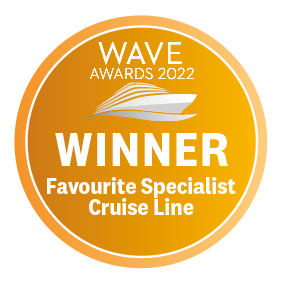In the Wake of the Great Explorers | Westbound

Follow in the footsteps of legendary explorers
Leaving from:
Reykjavík
Cruise ship:
MS Fridtjof Nansen
Visiting:
Reykjavík •
Prince Christian Sound •
Ivigtut •
Nuuk (Godthaab) •
From
Price shown provided by:
HX Hurtigruten Expeditions
Hurtigruten Expeditions offers more than 125 years of cruising experience, providing small-ship exploration of more than 250 destinations across 30-plus countries.
On Hurtigruten Expeditions cruise adventures, you will be accompanied by a highly skilled crew and expedition team on one of nine intimately-scaled expedition ships, taking you on breathtaking nature-based experiences in remote corners of the world.
530
Passengers
2020
Launched
20889t
Tonnage
140m
Length
23.6m
Width
15kts
Speed
9
Decks
NOK
Currency
Cruise Itinerary
Day 1
Reykjavík, Iceland
Embark.
Day 4
Prince Christian Sound, Greenland
Day 5
Ivigtut, Greenland
Day 6
Nuuk (Godthaab), Greenland
Day 9
Pond Inlet, Nunavut, Canada
Day 10
Dundas Harbour, Devon Island, Nunavut, Canada
Day 10
Croker Bay, Nunavut, Canada
Day 11
Beechey Island, Nunavut, Canada
Day 11
Prince Leopold Island, Nunavut, Canada
Day 12
Fort Ross, Nunavut, Canada
Days 13 - 13
Coningham Bay, Nunavut, Canada
Disembark.
Day 15
Gjoa Haven, Nunavut, Canada
Day 17
Cambridge Bay, Nunavut, Canada
Day 19
Ulukhaktok, Northwest Territories, Canada
Days 21 - 21
Herschel Island, Yukon, Canada
Disembark.
Day 23
Point Barrow, Alaska, Alaska
Day 25
Port Clarence, Alaska, Alaska
Day 26
Nome, Alaska, Alaska
Disembark.
Ship Details

HX Hurtigruten Expeditions
MS Fridtjof Nansen
MS Fridtjof Nansen is the latest addition to Hurtigruten’s fleet of custom built ships – and the next generation expedition ship. She will explore some of the most spectacular corners of the globe.

Cabins
All Prices

